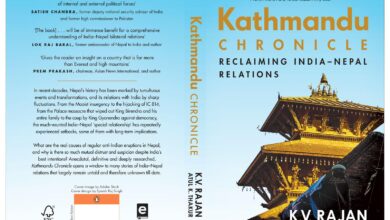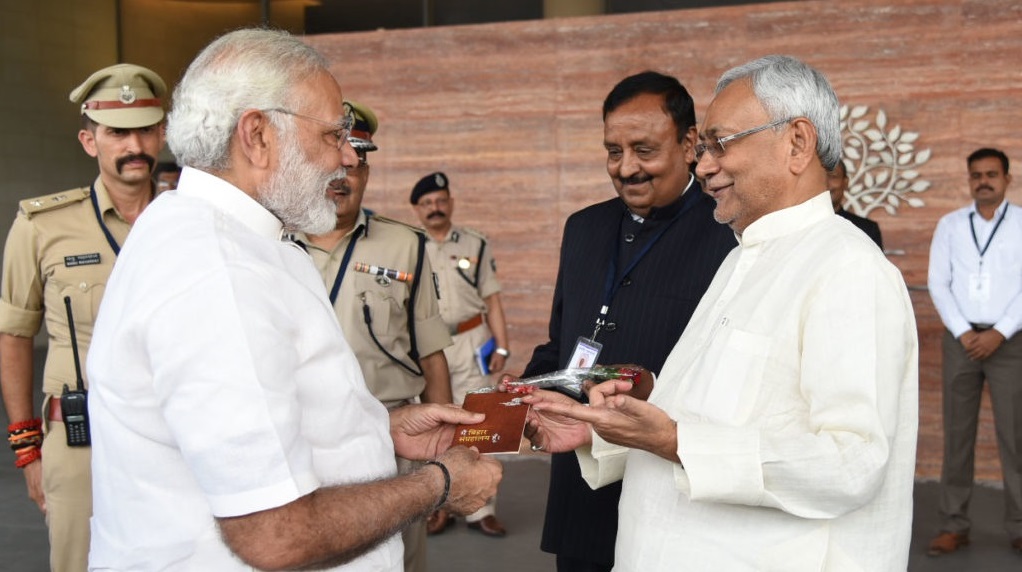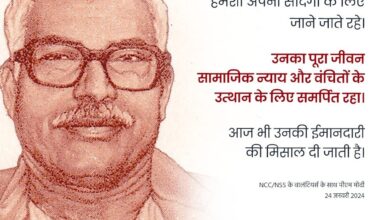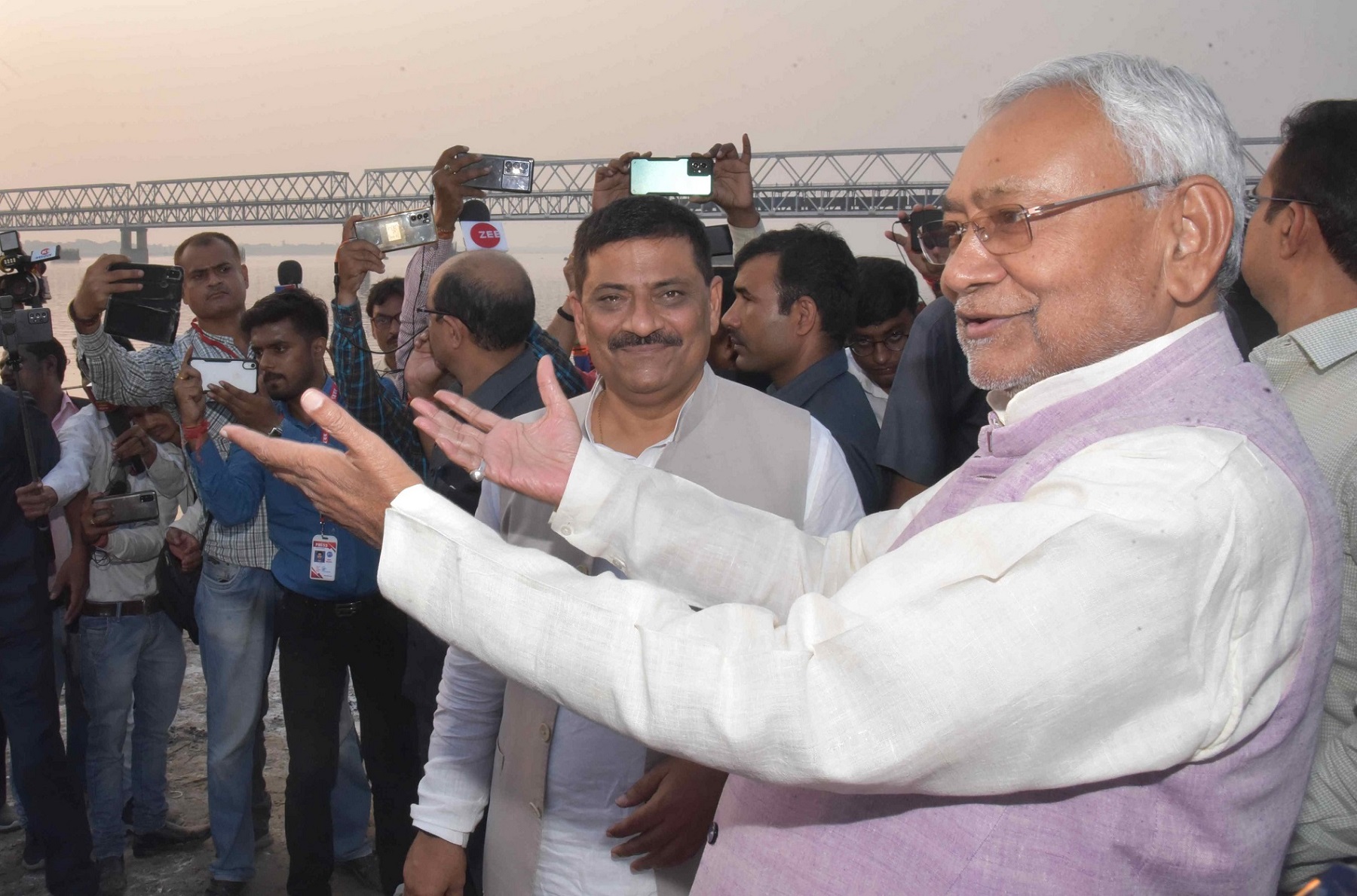Will Prashant Kishor’s ‘Jan Suraaj’ Campaign Benefit BJP in Bihar
Isolated in Bihar after Nitish Kumar’s exit from his alliance with the BJP in August 2022, the BJP leadership might be looking to Kishor as an ‘invisible’ ally

By Nalin Verma
For over a year, political strategist Prashant Kishor has been touring the state of Bihar, in an attempted mass outreach through his jan suraaj padyatra. Emancipating Bihar from the 32-year “misrule” of Lalu Prasad Yadav and Nitish Kumar and establishing ‘jan suraaj’ (‘people’s rule’) in the state are the central themes of Kishor’s padyatra (foot march), which entered its 16th month in January 2024.
While the opposition parties under the banner of the ‘Indian National Developmental Inclusive Alliance’ (INDIA) are struggling to put in place the right narrative against Hindutva politics in the run-up to the Lok Sabha elections, the political strategist-turned-“activist” has prioritised a “change of system” in Bihar.
In the process, Kishor, who set off on his padyatra on October 2, 2022 from Bhitiharwa – Mahatma Gandhi’s karmabhoomi – in West Champaran district and is currently touring the hinterlands of Begusarai district, has launched a trenchant attack on Nitish, Lalu and Bihar’s young deputy chief minister, Tejashwi Yadav.
“Nitish Kumar is on the last leg of his political journey. He will lose his political relevance and his Janata Dal (United) (JD(U)) won’t cross the single digits in the 2024 polls. Lalu Yadav has promoted his anpadh (uneducated) son [Tejashwi] at the expense of the backward and Dalit youth, who struggle for education, jobs and political space in the state.”
These words are common to all interactions and meetings Kishor has with the people.
He accepts that Lalu gave a “voice to the voiceless” during his time and that Nitish did “some work” in the infrastructure sector.
“But Bihar continues to be as backward as it was in 2005,” Kishor said, adding that only “old and infirm people” lived in its villages while “more and more youths [were] migrating to other states to do menial jobs for a living”.
He adds that the “education system has collapsed in the villages, which have become a graveyard of malnourishment and poverty”.
Skilled in churning and interpreting data, Kishor tries to corroborate his statements with statistics related to the gross domestic product (GDP), unemployment, malnutrition, poverty and the proportion of poor classes and marginalised castes in politics.
He contends the extremely backward classes, who constitute the largest share of Bihar’s population at 36.01%, have no say in its economic space.
Kishor embarked on his padyatra in Bihar following the failure of his talks with the Congress’s top leadership regarding rebuilding the grand old party in the state and strengthening it against the BJP.
But he sounds more scathing towards Bihar leaders who, under the banner of the INDIA coalition that has the Congress as its largest component, are battling hard to replace the Narendra Modi-led dispensation.
He picks holes in the developmental and welfare schemes of the Union government, but is mild on Hindutva, which according to the opposition and a large section of public intellectuals has endangered the very basis of Indian democracy.
Potential for damage
Patna-based senior journalist Kanhaiya Bhelari, who interviewed Kishor during his padyatra, said: “He has created a buzz in society. People are discussing him. He attracts a reasonably good crowd.”
Kishor’s jan suraaj campaign, which is yet to be registered as a political party, has a good presence on social media too, with his public relations organs continuously feeding his messages, responses and schedules on Facebook, X (formerly Twitter) and Instagram.
Though he has technically disassociated himself from I-PAC (the political strategy organisation he founded), watchers of his campaign say that I-PAC workers were actively engaged in his activities.
And although Kishor has not yet formed his own political party and given no indication that he will contest the Lok Sabha elections, political observers feel that his activities – if at all they gain momentum – will have the potential to damage the opposition against the BJP, which otherwise stands on a sticky wicket in Bihar in the face of the Mahagathbandhan.
Isolated in Bihar after Nitish Kumar’s exit from his alliance with the BJP in August 2022, the BJP leadership might be looking to Kishor as an ‘invisible’ ally to help it in the state, where it fears defeat. As opposed to the Rashtriya Janata Dal and JD(U)’s cadres, BJP leaders are not critical of Kishor.
“After all, he is on a good mission; he is doing good work,” a senior BJP leader said on condition of anonymity.
What might be pleasing to the BJP is Kishor’s repeated elaboration that the opposition parties have failed to develop a counter-narrative against the saffron party’s well-oiled strategy that is based on “nationalism, welfare schemes and a gigantic network of cadres”.
The prime minister’s silence on the protracted ethnic violence in Manipur, the excesses on the champion women wrestlers, the mass suspension of MPs, atrocities on minorities, the misuse of Union investigating agencies and the whimsical enactment of laws hardly figure in Kishor’s discourses.
Initially, Nitish angrily reacted to Kishor’s statements alleging poor governance in Bihar, and said, “usko kuch pata hai, aap log jante hain Bihar mein kitna kaam hua hain” (‘Does he know anything, you [the media] know how much work has been done in Bihar’).
Tejashwi focuses more on the issues of employment, price-rise, education and communalism and ignores Kishor, but his cadres describe him as a “stooge” of the BJP.
Kishor’s Prospects
In his interviews to the media, Kishor says he no longer likes to be described as a ‘political strategist’ and prefers to be called an ‘activist’ instead.
But while predicting ‘doom’ for Nitish, Kishor repeatedly reminds: “You should remember how I predicted that the BJP wouldn’t cross a double-digit figure against Mamata Banerjee’s Trinamool Congress in the West Bengal assembly elections. If I say that Nitish’s party would be reduced to the single digits, you should trust me.”
He also says to the people: “I might not have many other skills. But given my track record, you should know that I have the skill to get people to succeed in fighting elections.”
Starting off with Modi in 2012-13, Kishor has worked with many political leaders across the country. He has achieved a fair amount of success as a political strategist and election manager.
But achieving success as a behind-the-scenes strategist and as a political leader of the people are two different ball games. There is no measuring scale other than elections to measure if Kishor can make a mark on the politics of Bihar and of India in general.
Kishor has so far toured 15 of Bihar’s 38 districts in the 16 months of his padyatra, but he still has a long way to go before establishing himself as a meaningful leader of the people.
The results of the forthcoming election might give a hint about his fate and his prospects for transforming himself from an election manager to a political leader.
(Source: The Wire | About author: Nalin Verma is a senior journalist, author, media educator, and independent researcher in folklore.)




